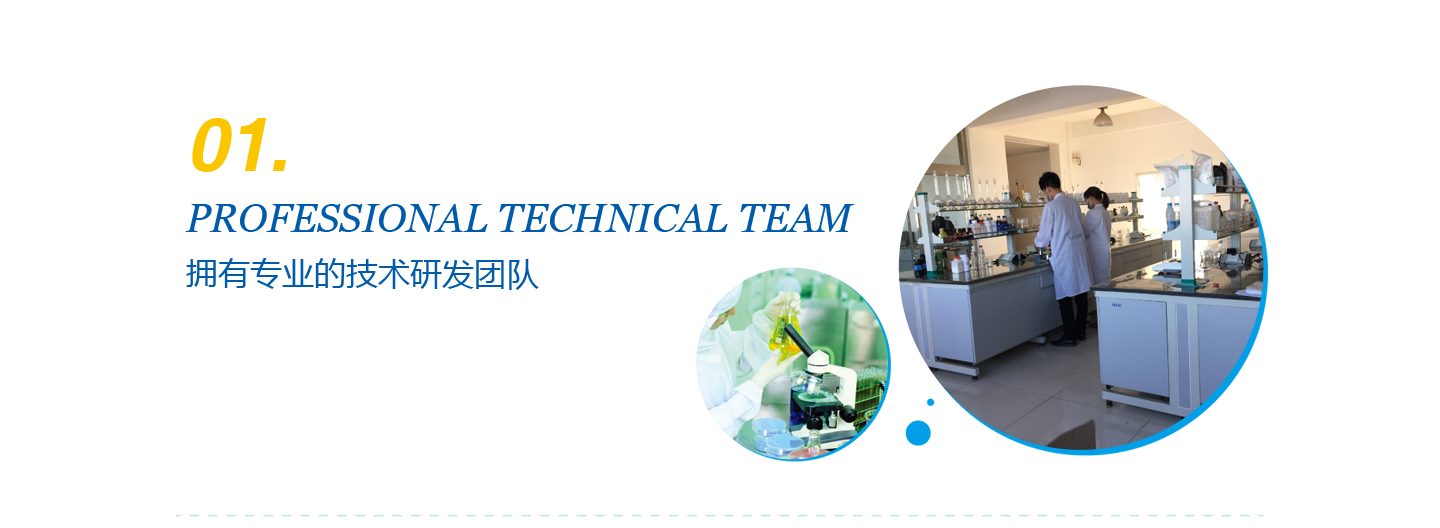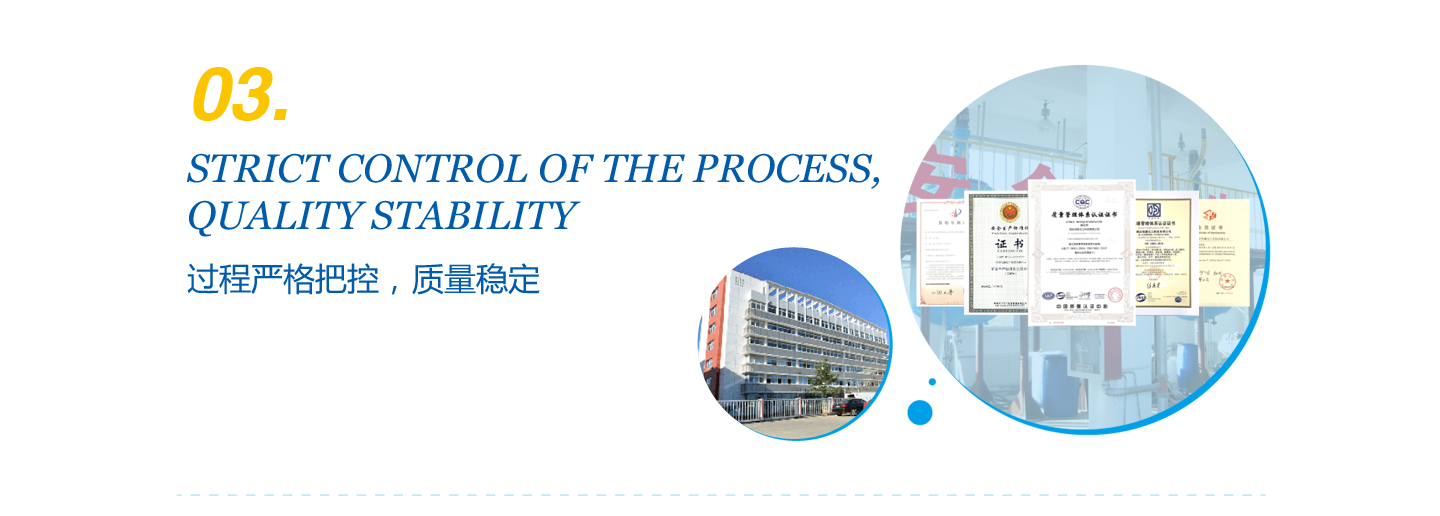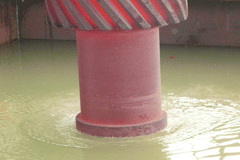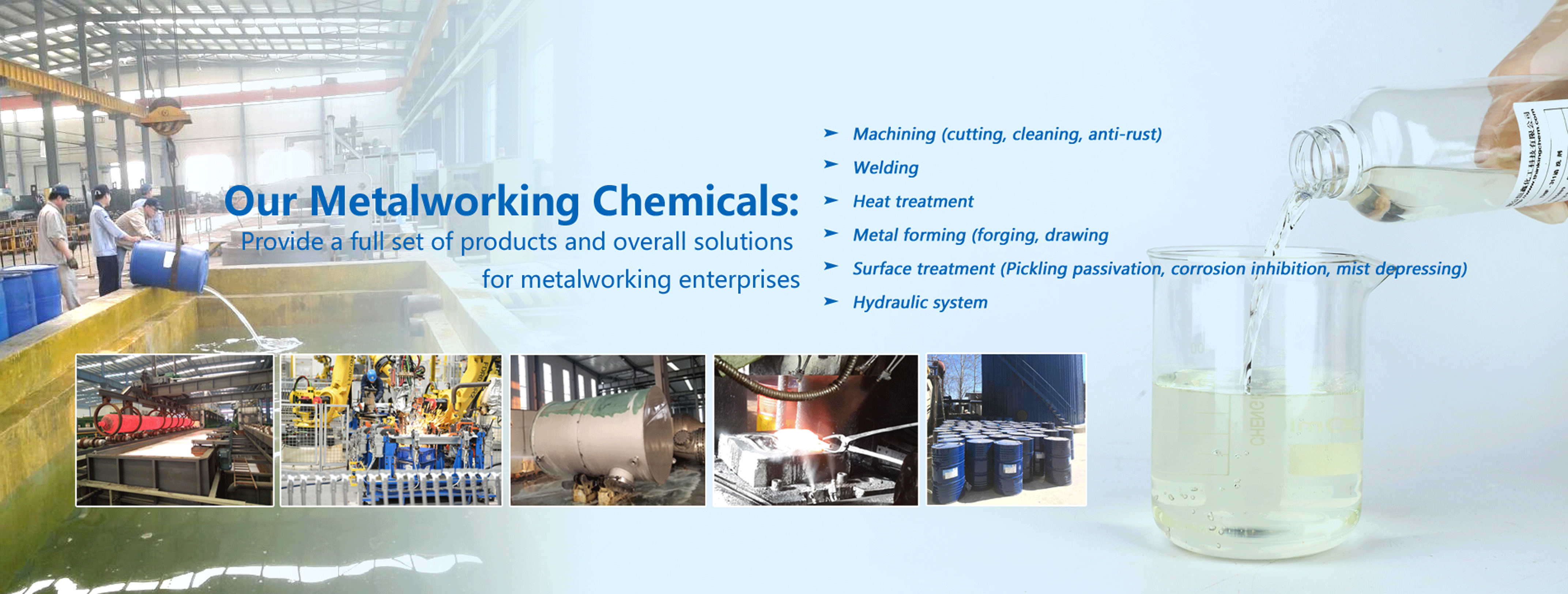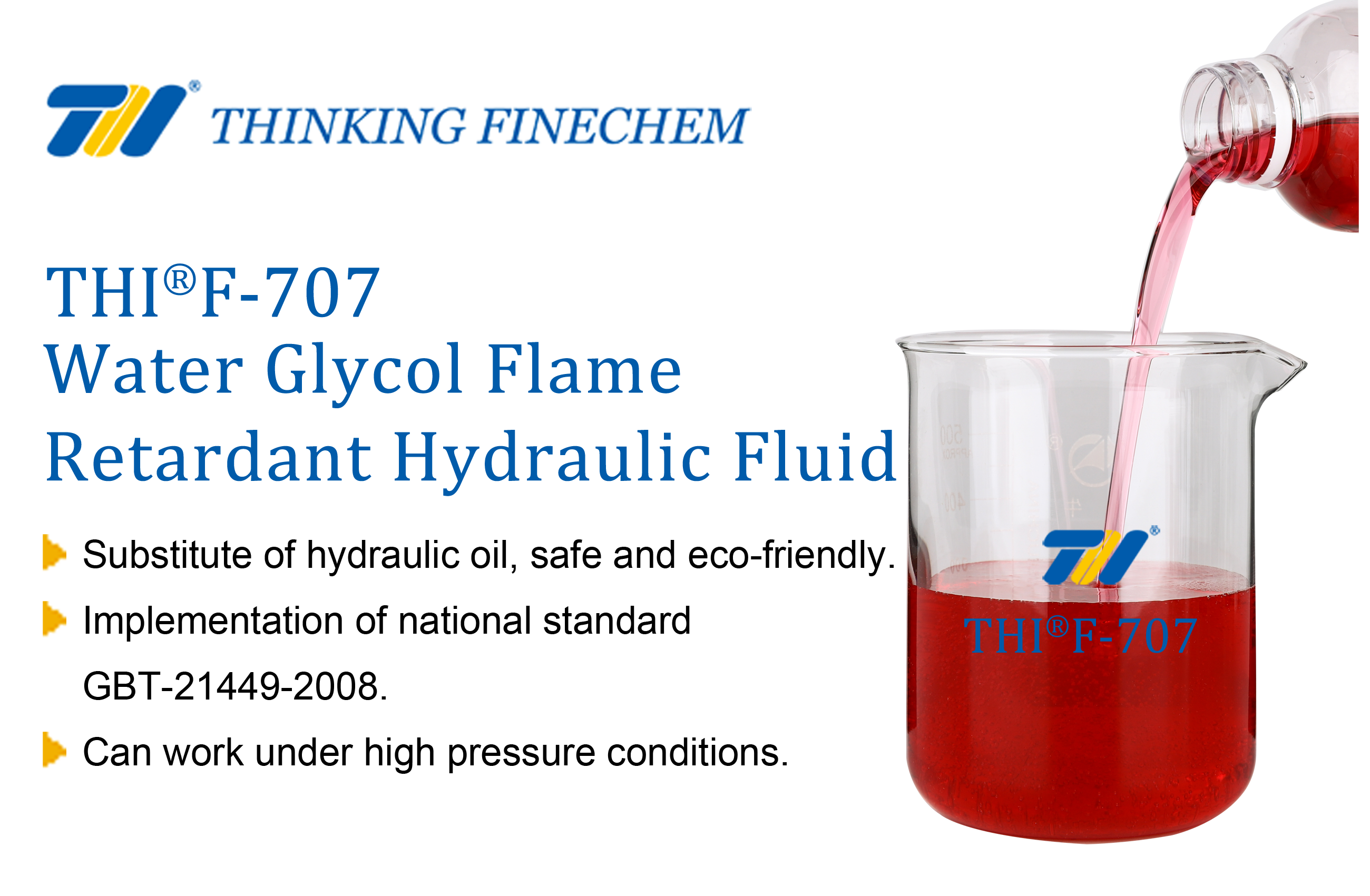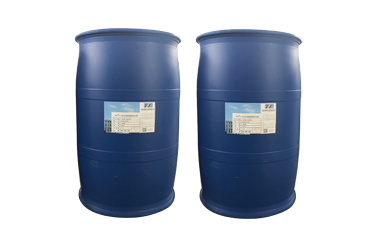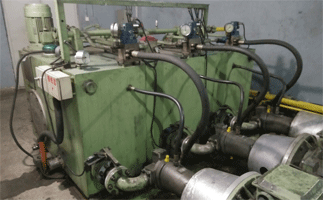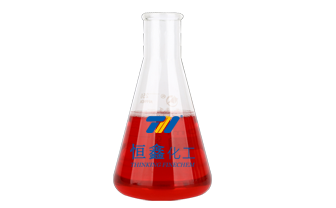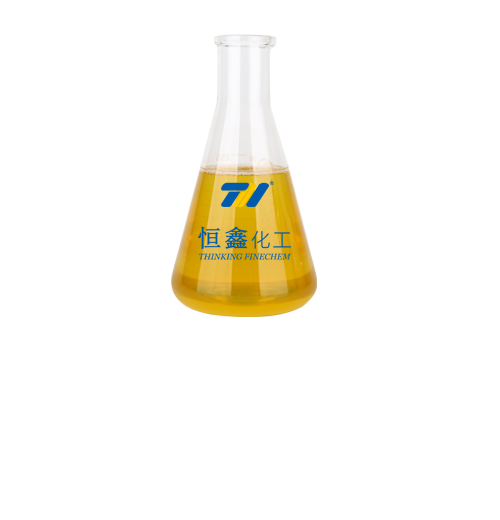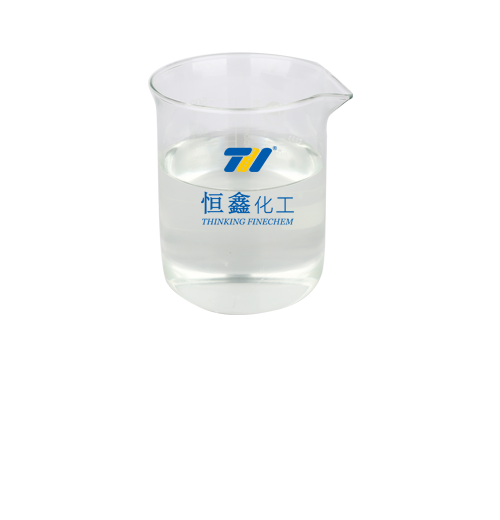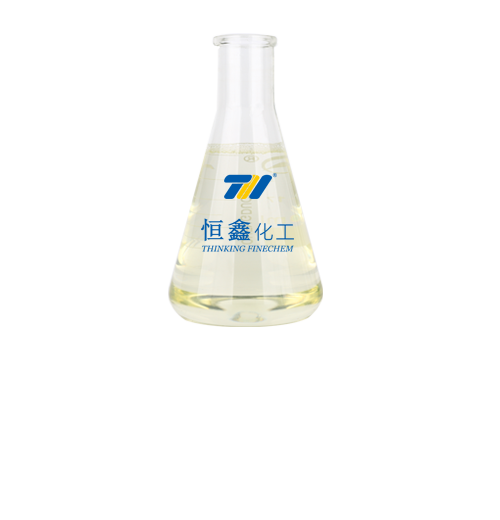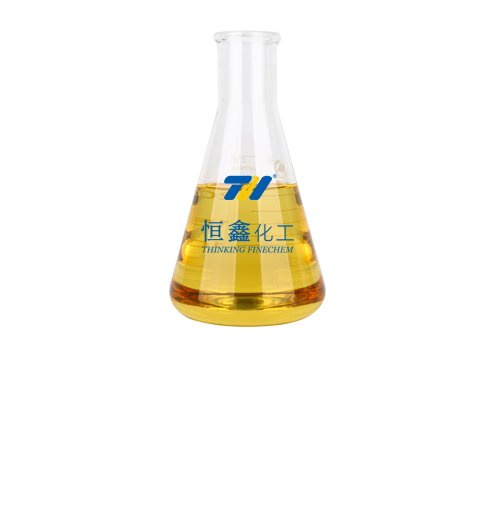-
Water-glycol based fire-resistant hydraulic fluids
-
Water-soluble quenching medium
-
Quenching oil
-
cutting fluid
-
Antirust agent
-
Metal cleaning agent
-
Welding anti-spatter
-
Pickling and passivation paste for stainless steel
-
Forging releasing agent
- Corrosion inhibitor /fogging inhibitor
-
Special lubricants
-
Water treatment agents

THI®F-707 Water glycol flame resistant hydraulic fluid
Model number:THI®F-707
Appearance: red oily liquid
Flammability:nonflammable
package size: 200 KG / barrel
For sample and more info, please contact us (Email: info@thinkingchem.com)


This product has excellent flame resistance. It can pass the flame resistance test of the hot manifold. When the Water glycol flame resistnat hydraulic fluid is dropped onto the hot steel pipe at 704°C, it only atomizes and does not cause flame.
The Water glycol flame resistant hydraulic fluid is not absolutely non-flammable, but it will not cause flame in most cases. Even in the case of accidental leakage in the hydraulic system, the THIF-707 misty high-pressure hydraulic fluid squirted from tubes, pipes or joints will not cause flames when its sprayed on the surface of flames, molten metal or other hot surfaces. Even if a person's body is sprayed by the hydraulic fluid, the person will only be wet by the liquid and will not catch fire. If the leaked hydraulic fluid continues to flow to the hot surface of molten metal or other hot bodies, it will not catch fire immediately, but after the liquid has evaporated, flames will be generated in the area directly in contact with the heating elements, and the flames will not spread all around. Due to its special chemical components, its heat of combustion is much lower than mineral oil.
2. Lubricity
Water glycol flame resistant hydraulic fluid has good lubricity. Below are the evaluation results:
①Four ball test: ball wear 0.50-0.60mm (1200rPm)
②Falex testing: friction coefficient 0.08u
③wear in piston pump: 17mg (21MPa)
3. Low temperature resistance
The water glycol flame resistant hydraulic fluid has good low temperature performance. The pump with fluid can be directly started without heating at -40℃--0℃, so it is suitable for outdoor low-temperature operations.
4. Anti-foaming
The water glycol fire resistant hydraulic fluid contains high-quality defoamers, which can inhibit the generation of foam and make the generated foam disappear quickly. It can ensure the stable operation of hydraulic equipment during use.
5. Excellent rust resistance
Contains high-performance gas and liquid rust inhibitor to ensure that the metal materials in the hydraulic equipment and pipeline will not rust.
6. Long service life
By using high-quality raw materials and unique formula, the hydraulic fluid has good shear stability, oxidation resistance and corrosion resistance. Long-term use or storage will not lead to delamination, precipitation and deterioration. It can be used normally even in high-voltage equipment.

Subject |
Quality Indicator |
Test Method |
|
Appearance |
Red translucent liquid |
Visual inspection |
|
Kinematic viscosity, mm2/s,40℃ |
46(±10%) |
GB/T265 |
|
Viscosity index, more than |
160 |
GB/T1995 |
|
PH值 |
9-11 |
GB/T7304 |
|
Pour point, ℃ |
-40℃±10% |
GB/T3535 |
|
Flash point, ℃ |
无 |
GB/T3536 |
|
Copper corrosion, 50℃, 3h |
1 |
GB/T5096 |
|
Foaming characteristics |
Height of foam, ml, lower than |
150 |
GB/T12579 |
Defoaming time, min, less than |
5 |
||

|
Metal |
Non-metal |
|---|---|---|
Applicable materials |
arious grades of steel, cast iron, bronze (with lead content less than 20%), brass, red copper, aluminum alloy or anodized aluminum |
Nitrile rubber, butyl ester rubber, polyvinyl chloride plastic, nylon plastic, silicon copper plastic, phenolic plastic, styrene plastic, epoxy plastic, methacrylic plastic, polypropylene plastic, epoxy resin and phenolic resin, silicone rubber, poly tetrafluoroethylene rubber, fluorine rubber, various types of metal filters, phenolic resin treated filter paper. |
Non-applicable materials |
Zinc, cadmium, magnesium, aluminum |
General industrial paint, polyurethane rubber, natural rubber, leather, cork wood, asbestos, general filter paper. |

②Suitable for metal die-casting machine, offshore oil drilling platform, tire molding, injection molding machine, glass forming machine, cement rotary kiln, gas furnace and even robots, food machinery and other high-temperature hydraulic systems.
③It can also be used in such systems: the system that wants the leaked liquid can be completely dissolved in water and have a good biodegradation effect, such as the hydraulic system of public sewage treatment plants and the hydraulic control system of river gates.

②Inject water glycol fire resistant hydraulic fluid in the amount required for system circulation, and then run the system for 8-48 hours.
③ After 8 to 48 hours, stop the pump and immediately drain the flushing hydraulic fluid in the oil tank. The liquid is not allowed to stay stationary in the oil tank.
④Add sufficient water glycol fire resistant hydraulic fluid in the hydraulic system again for the official operation.
⑤ After operating for one week, stop the pump and check the oil slick in the tank. The residual amount of slick oil in the system should be less than 3%.

② Pay attention to the compatibility of metals and non-metals when using this product. ③If the water glycol fire resistant hydraulic fluid is used for the first time, the hydraulic system must be cleaned first, and there must be no residues, especially oily products such as lubricating oil, otherwise the hydraulic fluid will emulsify, and this will affect the service life.
④This hydraulic fluid must not be mixed with mineral oil, emulsion or ester hydraulic fluid. When the equipment that originally used the above hydraulic fluid is changed to our water glycol flame resistant hydraulic fluid, the original fluid in the system must be completely drained in all the parts of the hydraulic system such as fuel tanks, pipes, hydraulic pumps, and hydraulic cylinders. If necessary, empty them and use cleaning agent to clean the entire system.
⑤ In order to avoid the occurrence of cavitation, the suction resistance of the pump should be minimized when designing the system to prevent negative pressure suction. Therefore, the suction port of the oil pump is required to be set below the liquid level of the oil tank, and a precision filter should not be installed at the suction port. If you want to install a filter, you can install a 60-100 mesh filter.
⑥ The working pressure of water glycol fire resistant hydraulic fluid should be controlled within 70-80% of the rated pressure of the oil pump.
⑦ when operating the hydraulic system, check the appearance, viscosity, PH value, foam, etc. of the product regularly (usually every 3 months), and fix any problem detected timely.
⑧If you need a flushing fluid for the cleaning process of the hydraulic system, our company can provide a flushing fluid that has low viscosity and certain antirust ability at a cheaper price, which costs less than using THIF-707 water glycol flame resistant hydraulic fluid to flush the system.




